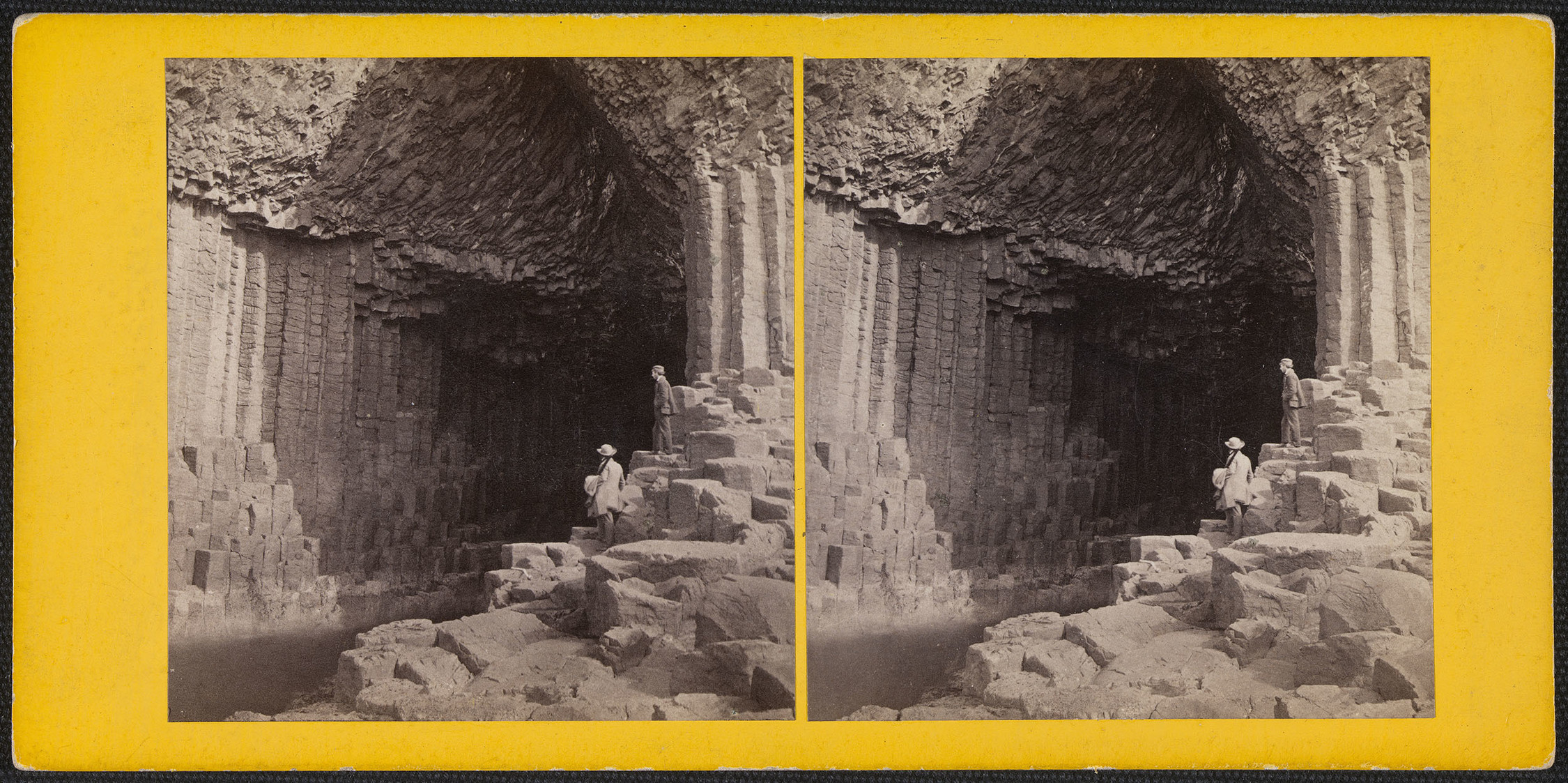
The wildest districts of Scotland
George Washington Wilson produced some of the first photographic souvenirs of Scotland
Iona
During the 19th century, the ruins of castles and abbeys were popular subjects for writers, artists and photographers and offered an escape from the rapidly emerging industrial landscape. People living through the Industrial Revolution looked to the past values of piety and chivalry to give an added sense of security in a rapidly changing world. Dating to the 13th century and built on the site of a monastery founded by St Columba, Iona’s ruins embodied these values and were a popular subject for Wilson’s camera. Queen Victoria touched on the chivalric values of medievalism in her impression of Iona Cathedral when she wrote that the ‘fine old crosses and tombs of ancient Kings were still to be seen’ in Leaves from the Journal of our Life in the Highlands.
In 1860, Wilson spent three days photographing on Iona. George Walker, who owned a bookshop in Aberdeen where many of Wilson’s photographs were sold, described the pleasure of spending time on the island with Wilson, amidst the ‘glamour and romance of the Scottish Highlands’. With an angular face and impressive whiskers, Walker may have been included in some of the views taken on Iona.
During the 19th century, Iona was a popular tourist destination. Some guidebooks including Wilson’s Official Guide to the Islands of Staffa and Iona (1886) by John Stewart and William and Mary Howitt’s Ruined Abbeys and Castles of Great Britain (1862), featured Wilson’s photographs to illustrate the text. Wilson relied on contemporary guidebooks that included itineraries of places for tourists to visit to help him plan which views to photograph.







